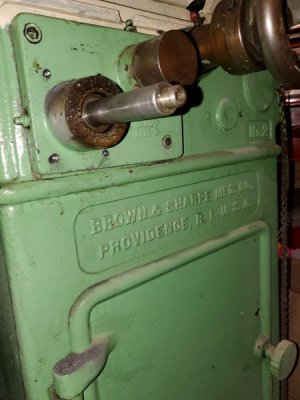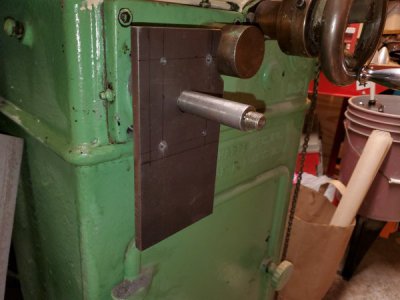- Joined
- Feb 8, 2014
- Messages
- 11,144
I am planning to make a quick release to be able to mechanically disconnect the shaft from the motor in case I want or need to go full manual, like for dressing the wheel. This will be the hardest part (at least for me) as I need to make a sliding male and matching female splineish something using the machines I have to work with and NOT buy any expensive tooling. The spline will need to be big enough to put into a tube that has a 20mm ID to fit the machine shaft. There will also need to be a detent to hold it either open or closed. I am still open to ideas on how to accomplish all this. I have never even thought of trying to make matching splines.
Here is how I did a zero backlash quick disconnect. That's a NEMA 23 motor. This system was designed to be able to quickly change out the piece that it drives, but would work just as well driving another shaft. Easily built on a lathe and mill.
Five 3/16 dowel pins, slide into mating holes in a piece of UHMW. Make the holes in the UHMW a tight fit, it will expand to accommodate. In this case the motor moves in & out on a dovetail for alignment. This coupling will take some misalignment.
You want to mount the limit switches such that the table be able to slide by the limit. Normally the limits are mounted at different heights on the apron of the machine, and are actuated by cams that are adjustable down the length of the table using the T-slot in the front of the table.
You can see the adjustable cams in this picture of my machine, in this case the cams actuate the directional lever (center pic) but a limit switch in the place of the lever would be my choice.





